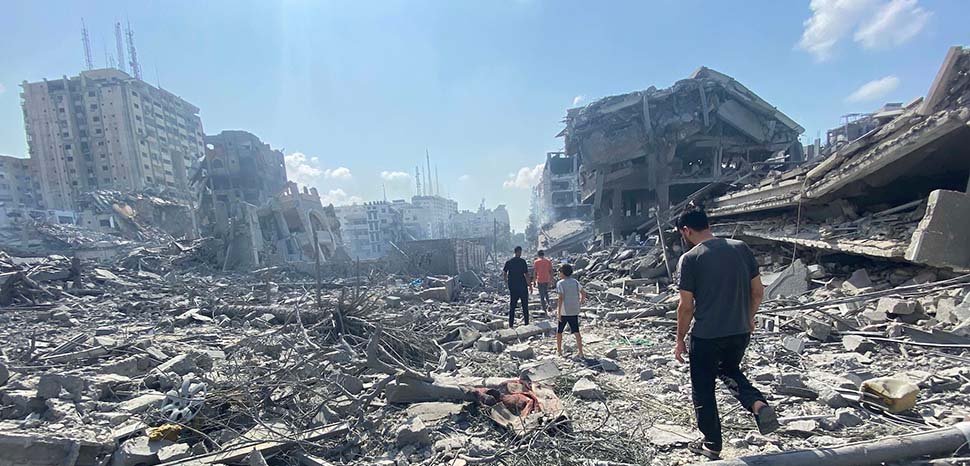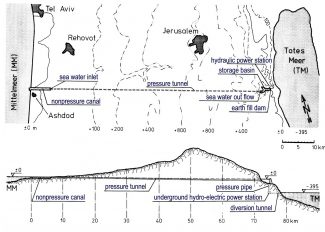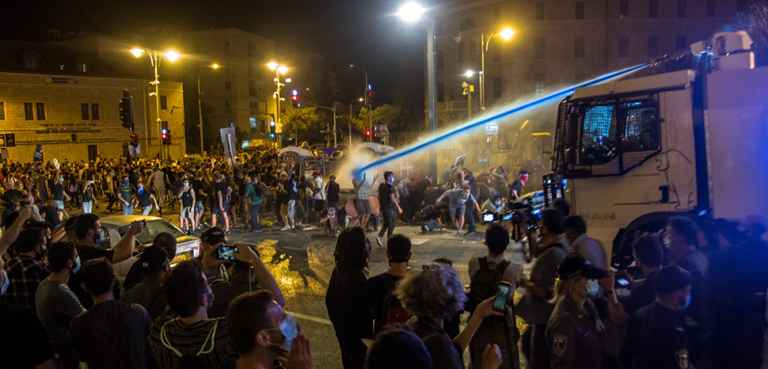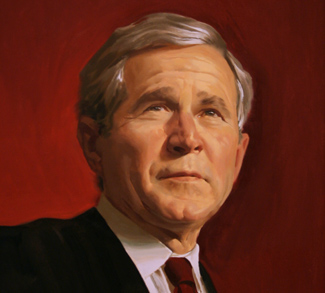The joint Arab League and OIC summit has dominated headlines in the past weekend as Israel’s ‘long and complex’ war in Gaza entered its fifth week. Given the enormous humanitarian costs and potential of a spillover, the summit was expected to present a united front of Islamic countries to create pressure on Israel and its Western allies. The aims would plausibly have been two: the short term aim of ceasefire and the long term aim of moving toward a political solution. Did the summit achieve what it set out for? How is the result to be assessed? And, finally, what to make of the much-vaunted Islamic unity as a global political force?
A long joint statement materialized from the joint summit that, expectedly, condemned Israel for denying Palestinians the right to self-determination and carrying out brutalities against Palestinian civilians. Significantly, the summit has offered full support to the Arab Republic of Egypt in its efforts to contain population displacements and broker sustained humanitarian assistance. However, beyond the seemingly united front presented by the conference and its joint statement, there are underlying indications that the divisions and conflicts that characterized the political situation of the Middle East before 7 October continue to colour regional dynamics despite the shift from peace to war. This article will explore some of these underlying indications.
Though the word ‘occupation’ has been frequently employed by the joint statement, it has been used to refer to only those areas which came under Israeli control after the Six Day war in June 1967. The statement has demanded a return to geographical boundaries as they stood on 4th June 1967, the day before the war that changed regional political geography began. This position is fundamentally different from that of the Hamas and its nation-state patron Iran, who employ the term ‘occupation’ for the whole of Israel and not to select areas that came under its control after the Six Day War. Thus, the joint statement can be interpreted as a rejection and repudiation of Hamas-Iran maximalism.
Consistent with the aforementioned territorial position, the statement has made a political pitch for recognizing the Palestinian Liberation Organization or the PLO as the sole legitimate representative of the genuine rights of the Palestinian people and called upon all Palestinian organizations to unite under the umbrella of the PLO to take forward the cause of Palestinian self-determination. It is significant because the PLO has been the historic supporter of the two-state formula. Its acceptance of Israel’s right to exist was the basis on which it participated in negotiations and concluded the ultimately failed Oslo Accords. This position constitutes a firm rejection of the fundamental claim of military organizations like the Hamas and the Islamic Jihad which employ the slogan “From the river to the sea, Palestine will be free”, meaning the whole territory between the West Bank of the Jordan River and the Mediterranean Sea is Palestine and Israel’s existence is void. These groups and their supporters employ the term ‘resistance’ to refer to the objective of eliminating Israel. It would be apparent to any reader of the joint statement that it condemns in the clearest possible expression the lawless and brutal ‘resistance’ policies under these challenging circumstances and upholds the idea of a political solution, which Hamas rejects.
That divisions underlie the purported united front is made plainer by certain details about the negotiations during preparation of the joint statement. In particular, four influential Arab League countries reportedly blocked “concrete measures” and opted for vague, non-committal clauses. The concrete measures proposed were: 1) prohibition of US and other military bases for the supply of weapons and ammunitions to Israel; 2) freezing existing diplomatic, economic, and military relations between Arab states and Israel; 3) threats to leverage Arab energy and economic resources to stop the Israeli aggression. Nothing close to these proposals made its way into the joint statement. Thus, Islamic states are, at the least, divided into two groups. One influential group, of which the ‘four influential Arab League countries’ are part of, view American and regional cooperation, including with Israel, as vital to their geopolitical objectives. The other group, the anti-American axis led by Iran, views Israel as an agent of the US and calls for strongest possible measures against it as an instrument to weaken American power in the region. The two groups view their interests antagonistically.
Another dissonant condemnation of the Hamas figures in the statement in the form of the demand to free all prisoners and civilians. The bulk of the paragraph is dedicated, as can be expected from a Muslim Arab statement, to the freeing of Palestinian prisoners held in Israeli jails. However, the words “prisoners and civilians” equally apply to hostages taken by Hamas from Israeli territory on 7 October. It points to the fact that though not explicitly mentioned, there is implicit recognition that the outrageous acts committed by Hamas has significantly impacted the course of the current conflict.
To sum, the endorsement of the two-state solution itself can be interpreted as a rebuff to Hamas. This reflects subterranean attitudes held by several Arab states, including Egypt and the influential Gulf states working to promote an image of moderation, that Hamas and the political position it embodies is an obstacle to and disruptor of peace efforts. Vociferous condemnations and name-calling of Israel was neither new nor unexpected; it is the standardized expression of Arab resentment against Israel. However, the real significance of the statement lies in what was not included and the carefully calibrated positions designed to reject statements and proposals that can only promote conflict and destruction in the region.
Even through the “joint” statement, the truth that forces its way out is that the Middle East is a divided house. The leading Islamic powers set out to achieve the semblance of a united front on the vital issue of Palestine, but it has only managed to reinforce prevailing divisions. The important point to note is that while the joint statement has argued for the “centrality of the Palestinian cause” as the precondition to regional peace and stability, the actions of individual countries reveal their national and geo-strategic interests, and not the Palestinian cause, is of central importance to the respective members.
The forces of moderation incline towards a political ‘two-state’ solution because it serves their own interest of guiding the region to greater and harmonious integration with the rest of the world and overcoming the harmful association of religion with violence. The forces of ‘resistance’, the Iran-led axis, reject the idea of a political solution as cowardice and betrayal and view the Palestinian question as a tool to weaken Arab moderation and advance its own hegemonic plans. Thus, we can say that 7 October, Israel’s 9/11, not only brought Palestine back to global focus, buy also brought out to the open the unmitigated struggle raging at the heart of the Islamic world.
The views expressed in this article belong to the authors alone and do not necessarily reflect those of Geopoliticalmonitor.com.




